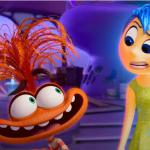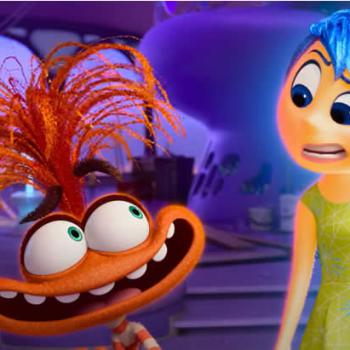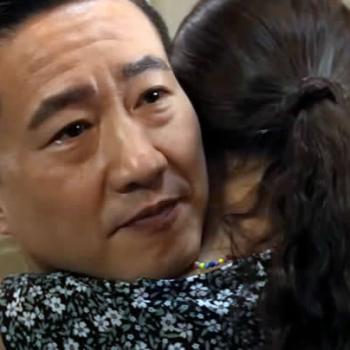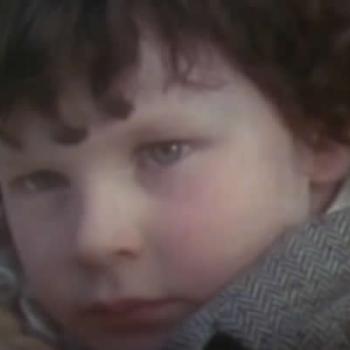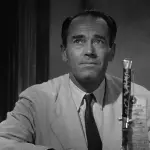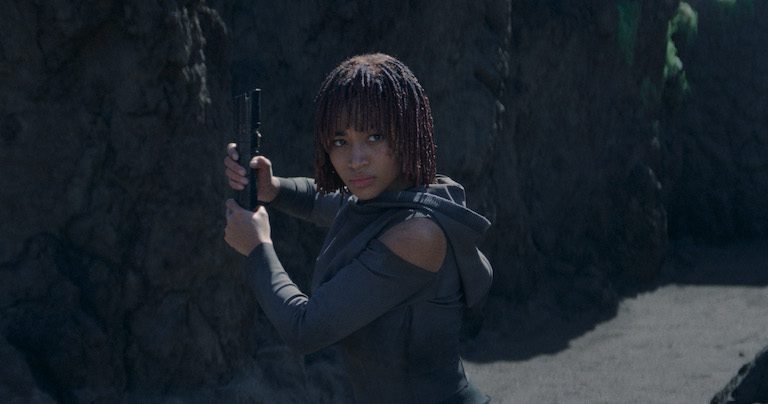
Let’s not draw this out: The Acolyte failed.
The first season of Star Wars’ latest series (now on Disney+) did not fail just because of its Force-powered witches. It did not fail just because a couple of those witches were, well, a couple. Those elements might’ve earned the show scorn from both Star Wars purists and conservative viewers (many of whom voiced their displeasure before the show even aired). But its biggest issue—simmering throughout the series—truly crashed the ship in this week’s season finale.
The Acolyte failed because the show’s creators forgot what Star Wars was and is and should be: A clash between good and evil, between light and dark. For all the betrayals that take place in the show, the viewers themselves might’ve felt it the most keenly.
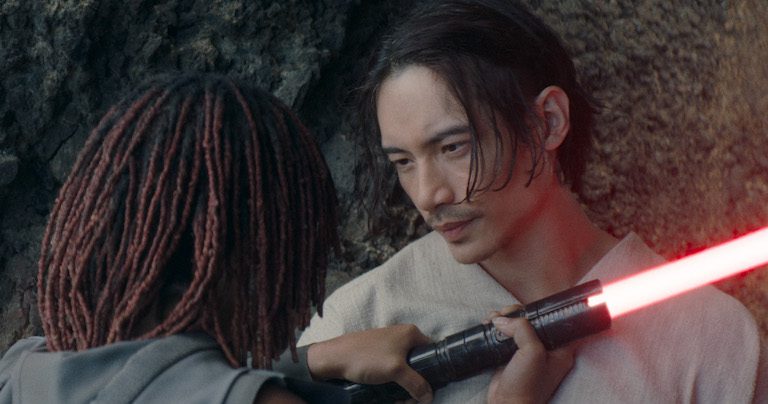
If You Only Knew the Power of the Dark Side …
A quick Acolyte refresher:
The story revolves around Osha and Mae (both played by Amandla Stenberg), apparent twins that grew up in a coven of Force-wielding witches on the isolated planet of Brendok. When the girls are about 8 years old, a quartet of Jedi come a-calling, insisting that the girls be tested for their Force sensitivity. The girls’ mothers aren’t thrilled with this unexpected visit, and they’re certainly not eager to have their daughters taken away from them. And Mae certainly doesn’t want to be taken.
But Osha feels the pull of the Jedi. She passes the test. Mae refuses to let her leave, however, and soon sets the whole coven compound on fire. After that, things get a bit hazy. But soon enough, Osha wakes up on an unfamiliar ship and is told by a Jedi, Sol (Lee Jung—jae), that Mae’s fire pretty much killed everyone, including herself.
But turns out, Mae survived the blaze and is now out for blood. Under the tutelage of a shadowy Force-wielder, Mae’s been killing off the Jedi who came to Brendok, one by one. Why? Because Mae’s apparently just a bad egg. Sol and Osha must reunite to stop Mae’s killing spree before she gets to Sol himself.
(If you haven’t seen the last couple of Acolyte episodes and want to, I’d recommend you do so now. I’ll wait.)
But wait! In episode seven (“Choice”), we learn that Sol has spent the last 16 years lying. He doesn’t feel great about all those lies, but still. Seems like Mae has a legitimate beef, which Qimir—Mae’s Sith-like master (played by Manny Jacinto)—has leveraged to full effect. But then Osha and Mae switch places, and so, it seems, do the show’s loyalties. Qimir’s not such a bad guy, The Acolyte tells us: Just an angry young man trying to take the corrupt Jedi down a few pegs. Sol, he’s the real villain here. And in the end, it’s Osha, not Mae, who kills Sol, and she and Qimir skip off the stage, almost literally hand-in-hand. Just two crazy kids with a only a dream … and a handful of murders on their ledgers.
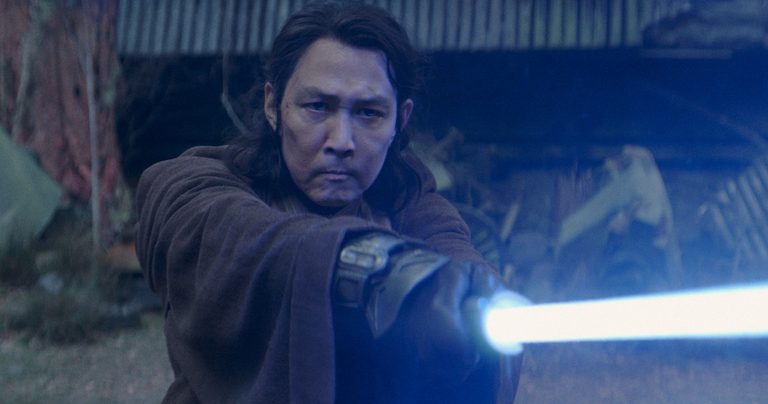
What Is Truth?
The Acolyte has a lot going for it. The fight scenes can be spectacular. Some of the imagery is unforgettable. (Qimir’s helmet might hold a place of honor in many a horror movie, as would those nasty flying insects.)
And the show’s moral conundrums aren’t inherently off-putting, either. Honestly, I like a bit of ethical complexity, even in the black-and-white galaxy of Star Wars. Andor, filled with a palate of murky gray motives and questionable decisions, just might be one of the franchise’s all-time best offerings.
But The Acolyte lost me when it suggested that the Jedi order itself was built on a lie.
“I think the Jedi are a massive system of unchecked power, posing as a religion,” rails a galactic senator to Jedi bigwig Venestra Rwoh (Rebecca Henderson). “A delusional cult that claims to control the uncontrollable.”
“We don’t control the Force,” Venestra reminds the senator.
“Not the Force,” the senator says. “Your emotions.”
That’s music to many a 3-year-old’s ears, I would imagine. If our emotions were indeed uncontrollable, I wonder how many tantrums I might’ve thrown just today.
But the show—at least at the close of the season–seems to sympathize and agree with the senator’s take. And that doesn’t just undercut , which would in turn undercut many a hero’s journey in the Star Wars saga.
I have no idea what showrunner Leslye Headland intends for the rest of the show’s run (if, indeed, it even gets a second season). And certainly, it’s always dangerous to read purpose into anyone else’s story.
But we do know that Headland grew up with a very religious upbringing; that she’s lesbian and currently married to Rebecca Henderson; that she has said (as quoted in Bounding Into Comics) that “The concept of religion is such a really oppressive one, especially for people like myself and many, many others.” It’s not too much of a stretch to see a little Osha in her—disillusioned with (what she might characterize as) the religious box she grew up in and its denial of her own same-sex-leaning feelings. Perhaps it’s not just Qimir who wishes to tear down the self-righteous, self-denying Jedi. Perhaps it’s Headland herself, using the Jedi as a stand-in for our own religious institutions.
And for those of us who’ve grown up loving Star Wars, it feels as though the Jedi deserve better. And so does faith itself.
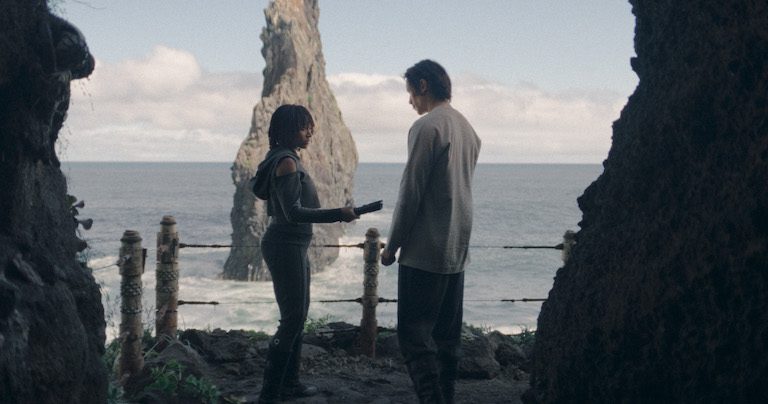
Semantics
In his classic book Orthodoxy, G.K. Chesterton offered some thoughts on self-limitation and control. “If you draw a giraffe, you must draw him with a long neck,” he wrote. “If in your bold creative way you hold yourself free to draw a giraffe with a short neck, you will really find that you are not free to draw a giraffe.”
For The Acolyte to give us a fallen Jedi in Sol, and to surround him with duplicitous accomplices, feels both fair and narratively compelling. Absolutely corruption and deception could filter into the Jedi order. Certainly, our planet’s own religious history is filled with corruption and deception and sin and abhorrent behavior.
But The Acolyte—at least at this juncture—goes further. It doesn’t just give us Jedi who fail to meet their order’s lofty goals. It suggests that those very goals are suspect. Self denial? Self control? Forget about it. It’s impossible anyway. Do what you want. And in so doing, The Acolyte redraws the Jedi in its own warped image—and it ceases to be what nearly 50 years of lore have taught us what being a Jedi means.
At one point, when Qimir tells Osha to embrace her emotions to more fully utilize the Force, Osha initially rejects him. It’s the path to the Dark Side, she says.
“Semantics,” Qimir answers.
But when I heard that one-word answer, it brought to mind Isaiah 5:20: “Woe to those who call evil good and good evil, who put darkness for light and light for darkness, who put bitter for sweet and sweet for bitter!”
Certainly, the Force in Star Wars owes more than a little to the Eastern spiritual ideals of Yin and Yang, the balance found between light and dark. But those ideals of self sacrifice and self control resonate with Christians, too. The Bible is filled with references to both.
“A man without self-control is like a city broken into and left without walls,” reads Proverbs 25:28. “For God gave us a spirit not of fear but of power and love and self-control,” we see in 2 Timothy 1:7. The Bible repeatedly tells us to make ourselves living sacrifices to something higher, something better. Certainly, none of us can claim to always succeed in following those lofty ideals. But the ideals? When we do follow them, we find that we can do some good in the world around us. We can both give and forgive. We can love better and live better. It’s not the sort of power that can fire up a lightsaber, but it’s where I think it’s in self-sacrifice that we find real truth and beauty and goodness.
Star Wars has long offered us hints of that truth and beauty and goodness. And Darth Vader’s own arc—from one of pop culture’s most notorious villains to a guy saved through love—is perhaps Star Wars at its best and most resonant. If the “Dark Side” really is just a matter of semantics, as Qimir says, that spells trouble not just for The Acolyte, but for the franchise itself.


